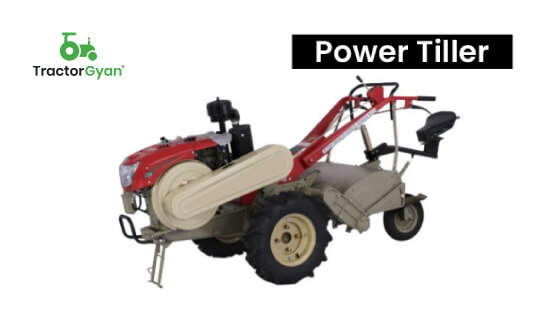How does a combine harvester works?
A combine harvester, often simply referred to as a "combine," is a powerful agricultural machine designed to harvest various crops such as wheat, corn, soybeans, and more. It performs multiple tasks in one operation, including cutting, threshing, separating, and cleaning grain crops.
Here's how a combine harvester works:
Cutting: The first step in the harvesting process is cutting the crop. The combine is equipped with a cutting mechanism, usually a header or platform, which is positioned at the front of the machine. The header contains a series of sharp blades that cut the standing crop.
Reel and Auger: As the crop is cut, it falls onto a reel, which helps guide the plants towards an auger. The auger conveys the cut crop to the center of the header.
Threshing: Once the crop is gathered at the center of the header, it is fed into the threshing mechanism. Threshing involves separating the grain (e.g., wheat kernels) from the straw or chaff. This is typically done using a combination of rotating cylinders and concaves, which crush and separate the grain from the rest of the plant.
Separating: The separated grain falls through the threshing mechanism onto a set of sieves or grates that allow smaller debris like dust, small grains, and straw to fall through. The clean, separated grain is conveyed to a storage area within the combine.
Cleaning: To ensure that only clean grain is stored, the combine has a cleaning system, usually with a fan. This system blows air over the grain to remove remaining chaff and straw, leaving behind clean kernels.
Unloading: As the grain is cleaned, it is transferred to a grain tank located on the combine. This tank has a significant storage capacity, allowing the combine to continue harvesting without frequent stops.
Discharging: When the grain tank is full, the combine operator unloads the harvested grain into a waiting wagon or truck. Some modern combines have systems that can unload grain on the move.
Straw Disposal: The remaining straw and chaff that have been separated from the grain are usually expelled from the rear of the combine. Depending on the crop, these materials can be left on the field or baled for later use as animal feed, bedding, or other purposes.
Control and Monitoring: Modern combines are equipped with advanced technology, including GPS and yield monitoring systems, which help optimize the harvesting process and keep track of crop yields.
In summary, a combine harvester combines various operations like cutting, threshing, separating, and cleaning to efficiently harvest grain crops. It greatly reduces the manual labor required for harvesting and allows farmers to complete the process quickly and efficiently, especially during the harvest season.


Comments
Post a Comment